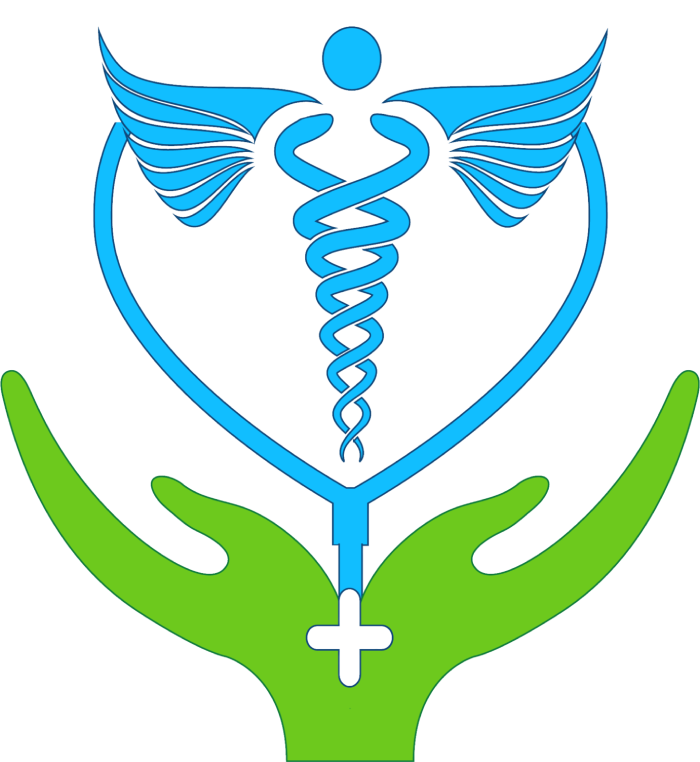
Organ Transplantation in Turkey
An organ transplant is a surgical operation made on a cadaver or a living human. If the organ in question has the inability to fulfill its functions due to incurable diseases, the process of replacing the damaged area with healthy tissue is called organ transplantation. Organs such as the liver, kidney, heart, lung, small intestine, and pancreas can be transplanted.
When does Organ Transplantation Take Place?
Organ transplantation can take place for a number of organs of the body. Modern medicine allows a majority of the organs to be transferred and placed surgically in another body.
Which Tissues and Organs Can Be Transplanted?
The kidney, liver, heart, lung, and pancreas are examples of organ transplants. The insulin-secreting cells of the cornea, blood, bone marrow, small intestine, and pancreas are examples of tissue transplants.
Which are the Most Prevalent Organ Transplants?
Kidney Transplant
The kidney is the organ that purifies the body from harmful substances by filtering 1 liter of blood per minute. However, due to various reasons, the kidney can be damaged and become unable to perform its functions properly. In chronic inflammatory conditions, which account for 60% of deaths due to kidney failure, the kidney loses its function. This condition requires a kidney transplant.
Heart Transplant
In cases when the heart muscle is damaged due to various diseases, the heart becomes unable to function. If the patient is afflicted by such a situation, and if the heart is incurable with surgical intervention, the only solution is to perform a heart transplant.
Liver Transplant
The liver is located on the right side of the abdominal cavity. When the liver is totally destroyed and the cells of this organ are unable to recover, liver transplantation is the only solution. This is a remedy for diseases such as jaundice, cirrhosis, and cancer for which medical treatment is the only way to recover and conserve the well-being of the patient.
Does the Risk of Undergoing Dialysis Increase in the Future for the Person Who Donates Their Kidney?
Contrary to popular belief, the risk of developing kidney failure does not increase in people who donate kidneys. This has been conclusively demonstrated by the follow-up of hundreds of thousands of donors who have donated their kidneys for years. The most important principle of living organ transplantation is the fact that the kidney donor, who has no health problems prior to the operation voluntarily makes an important sacrifice to save the life of a person and is not harmed themselves. The physicists make sure that the donor does not get afflicted by a possible complication in the future before the transplant takes place. This applies to the live donors of course and not the organs obtained from the cadavers.
What are the Types of Organ Transplantation?
Organ and tissue transplants can take place in several methods, depending on who the recipient is. If the same person is both a recipient and a donor, that is, organ or tissue transplantation within the same body. The method is called autograft. Transplants between two individuals of the same species are called allografts. Allografts can be of a living body or cadaver origin.
Autograft
Autograft is a tissue transplant to the same person. In some cases, this procedure is done with tissue that is surplus, regenerable, or that is more desperately needed elsewhere for survival. Examples of this are skin grafts or vessel extractions used for coronary bypass treatments. In some cases, tissue removal is performed to treat the tissue separately or to treat the individual without that tissue, and then the tissue is added back to the individual.
Allograft and Allotransplantation
Allograft is the name given to the procedure of transplanting an organ or tissue between two genetically non-identical members of the same species. Tissue and organ transplants performed in humans are usually allografts. However, due to genetic differences between the organ and the recipient, the recipient's immune system may recognize the organ as a foreign body in the body and attempt to destroy it, causing a transplant rejection. The risk of transplant rejection can be estimated by measuring the panel reactive antibody level.
Isograft
An isograft is a subset of allografts in which organs or tissues are transplanted between a genetically identical donor and recipient, such as an identical twin. Although isografts are the same as allografts in terms of anatomical procedures, they generally do not trigger an immune response, unlike other types of transplantation.
Xenograft and Xenotransplantation
Xenograft and xenotransplantation is the name given to tissue and organ transplants between two different species of organisms. An example of this is the very common and successful porcine heart valve transplant. However, xenotransplantation is often an extremely dangerous type of transplant due to the increased risk of compatibility, rejection, and diseases due to interspecies transmission. In order to minimize these risks and to eliminate the problem of the scarcity of organs to be transplanted, studies are continuing on the transplantation of human body organs after they are grown on various animal subjects.
Domino Transplants
Domino transplants are multiple transplants performed in a chain for various reasons. For example, a liver that secretes a protein that causes long-term damage to the body can be transplanted from a younger individual to an older individual whose diseased liver will not have much effect on life expectancy due to the slow progression of the diseased liver, and a healthy liver taken from an old individual can be given to a young person.
ABO Incompatible Transplants
It is possible for young children, usually under 12 months, to receive organs from donors with whom they would normally be incompatible, as their immune system is not yet well developed. This condition is known as ABO incompatible transport, or ABOi for short.



